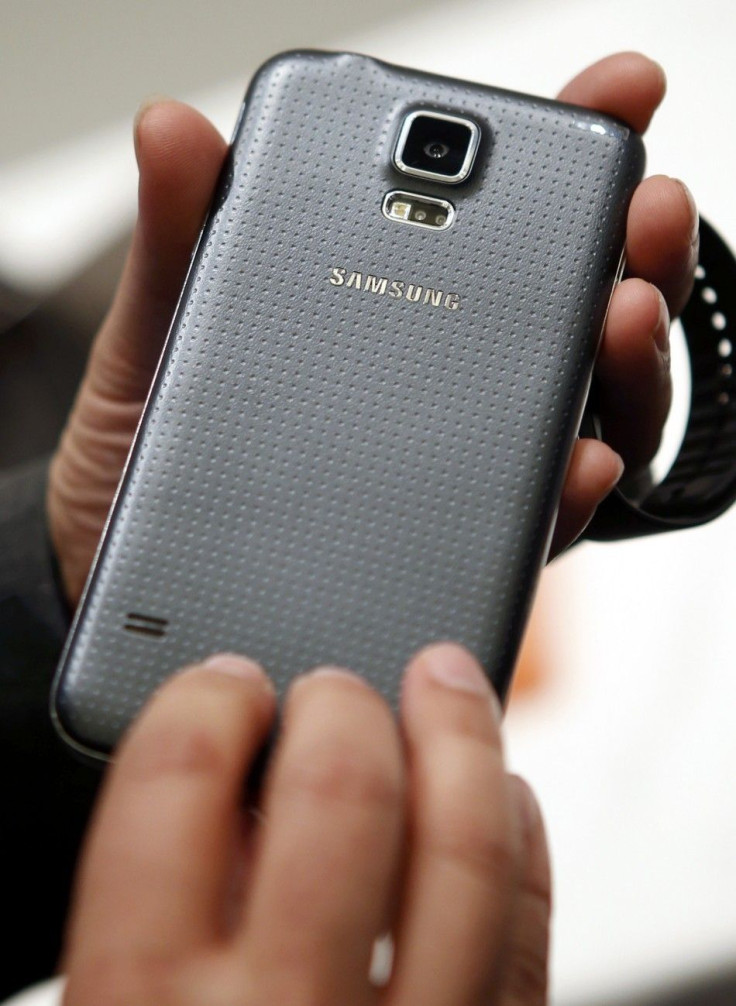Reasons to Upgrade to Samsung Galaxy S5

With the recent launch of Samsung Galaxy S5, consumers beginning to compare this new flagship smartphone against its predecessor, Samsung Galaxy S4.
Samsung Galaxy S5 boasts impressive features and specs that might entice the fans to buy the handset when it hits the shelves on April 11.
Here are some of the things you need to know before you upgrade to Samsung Galaxy S5:
Dust-Proof And Water Resistance Features
Having an IP 67 certification, Samsung Galaxy S5 sports dust-proof and water resistant features. Although the handset is not waterproof, it can be immersed in one-meter deep water for 30 minutes, which means that it is safe to carry the smartphone in the kitchen and bathroom.
Build Quality
Samsung Galaxy S5 is still sporting a polycarbonate build but it does not mean that there is no upgrade over its predecessor. With a perforated back and matte-like finish, Samsung Galaxy S5 is easier to grip than Galaxy S4. Although it does not offer the same premium look as a metal build, the design of Samsung Galaxy S5 is better than Galaxy S3 and Galaxy S4.
Security
Samsung Galaxy S5 comes with a home button but there is more to it than being a standard navigation tool. It allows users to exit apps at an instant and add filter of security unlike Galaxy S4. Also, Samsung Galaxy S5 sports a biometric fingerprint reader that can be used to unlock it by swiping down from the home button. The fingerprint sensor has been made accessible to app developers, which mean that there will be apps taking advantage of the feature soon.
Camera
This Galaxy S5 comes with camera improvements that certainly make it more attractive than Galaxy S4. Apart from the 16 MP sensor camera, Galaxy S5 also comes with great software features, not to mention the ability to shoot high-quality 4K videos. Auto-focus speed has also been improved.
According to the Korean tech giant, Samsung Galaxy S5 scores a jaw-dropping speed of 0.3 seconds.





















